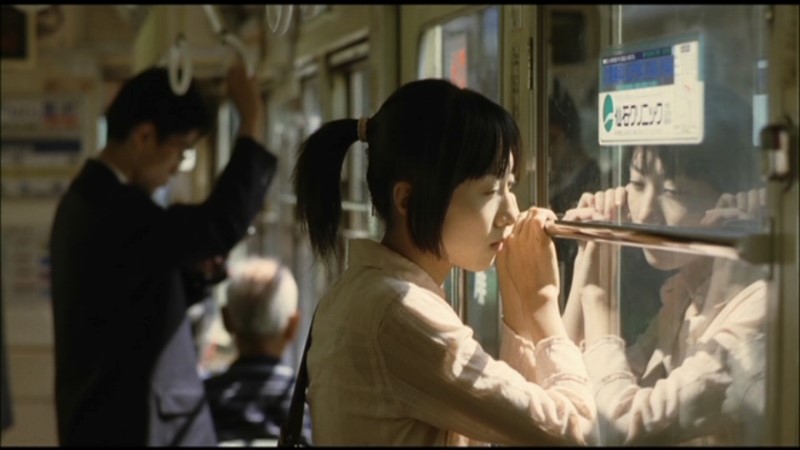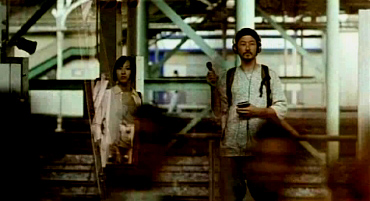From the January 19, 2006 Chicago Reader. — J.R.


Cafe Lumiere
**** (Masterpiece)
Directed by Hou Hsiao-hsien
Written by Hou and Chu T’ien-wen
With Yo Hitoto, Tadanobu Asano, Masato Hagiwara, Kimiko Yo, and Nenji Kobayashi
Looking for Comedy in the Muslim World
*** (A must see)
Directed and written by Albert Brooks
With Brooks, Sheetal Sheth, John Carroll Lynch, Jon Tenney, and Fred Dalton Thompson
“It’s very difficult to cross national borders and shoot a film about a different culture. How many films have you seen that do that successfully? There are very few. The reason is very simple. When we look at films [about our own country] made by foreign companies, they’re not accurate. . . . But it’s an interesting challenge.”

This could be Albert Brooks talking about the making of his funny new feature, Looking for Comedy in the Muslim World, most of it filmed in New Delhi. But it’s actually Taiwanese master Hou Hsiao-hsien speaking about Cafe Lumiere, which was shot in Japan. Both filmmakers are pushing 60, and both prefer filming in long shot and extended takes. And both their movies are acute, measured observations of contemporary life and thought, whether we happen to be based in LA or Tokyo. Read more
Written for Moving Image Source and posted online November 6, 2009. Thanks to Francois Thomas for correcting a few particulars in July 2022.– J.R.

It’s fascinating to consider the possibility that the essential film oeuvres of both Alain Resnais and Chris Marker commence with the same remarkable, rarely seen essay film from 1953 — a film whose direction is co-signed in the credits by Resnais (also credited for editing), Marker (script and conception), and Ghislain Cloquet (cinematography). (Cloquet [1924-1981], who went on to shoot most of Resnais’s other major films until his own camera assistant, Sacha Vierny, basically replaced him, also subsequently shot major films by Jacques Becker, Robert Bresson, André Delvaux, Jacques Demy, Marguerite Duras, Louis Malle, and Roman Polanski.) And it’s no less fascinating (and significant) to ponder the implications of the fact that the only Oscar-winning film of Resnais’s career came five years before this neglected early peak. The film in question was the 1948 documentary Van Gogh, and in keeping with the Academy’s procedures, the Oscar went not to Resnais, again the director and editor, but to the producer, Pierre Braunberger. Largely because I prefer to look at paintings from static vantage points and with my own itineraries, I’ve never felt entirely comfortable with Resnais’s exploratory camera movements here and in Paul Gauguin and Guernica (both 1950). Read more




